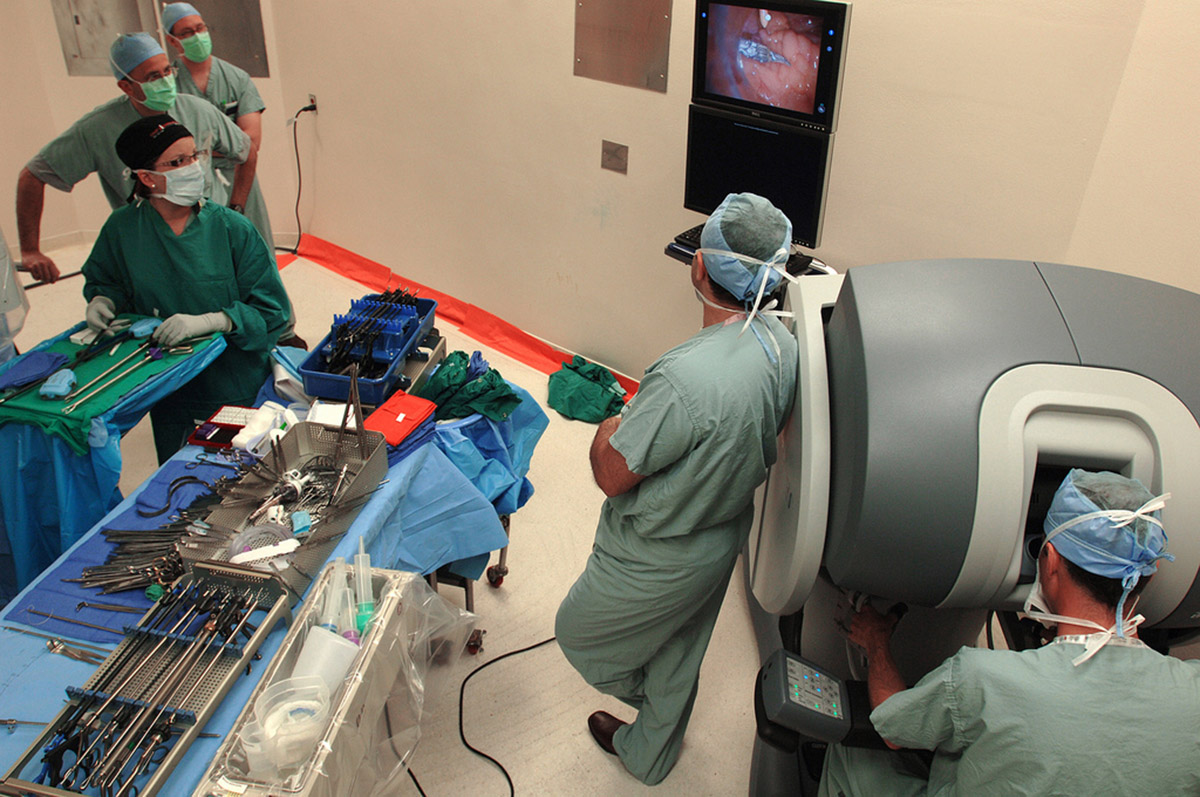Benign Prostatic Hyperplasia, also called benign prostatic hypertrophy or benign prostatic obstruction, is an ailment in men in which the prostate gland becomes enlarged and malignant. It is said that Benjamin Franklin and Thomas Jefferson both suffered from BHP and so will many men.
The prostate gland goes through two stages of growth: during puberty, the organ doubles, and after the age of 25 it continues to grow for most of a man's life. It is during this phase of growth that benign prostatic hyperplasia happens.

The Prostate Gland: What Is It?
The prostate gland is a walnut-shaped part of the male reproductive system. The main function of the organ is to make the lubricating fluid that goes into semen. This fluid is essential to the fertility of a male. The prostate surrounds the urethra at the base of the bladder, at the neck where the urethra joins. There are two or more lobes that are enclosed in the front of the rectum, right under the bladder. The urethra is a tube that carries urine from the bladder onwards, so it can be eliminated. In males, the urethra also carries semen out of the body through the tip of the penis.
Causes Of BHP
The causes of BHP are not well understood, however, it mainly happens in older males. It does not develop in men who had their testicles removed before puberty took place. As a result of this, some researchers strongly believe the factors related to aging and the testicles may be the root of benign prostatic hyperplasia.
Throughout the life of a male, testosterone is produced and small amounts of estrogen are also manufactured. As a man gets older, the amount of active testosterone in the blood will be lessened and estrogen production will be in higher proportion. There are many scientific studies that have suggested BPH may happen because of the higher proportion of estrogen and the activity of substances which allow prostate cancer to grow.
Another hypothesis about BPH is that dihydrotestosterone or DHT, and it focuses on the role it plays in the development and growth of the prostate. Some research has indicated that even with a small drop in blood testosterone levels, older men keep on producing and accumulating high levels of dihydrotestosterone in the prostate.
READ Enlarged prostate: Prostate Laser Surgery
Risk Factors Associated With BPH
Males with the following risk factors have an increased chance of developing benign prostatic hyperplasia:
- Aged 40 years or older
- Erectile dysfunction
- A family history of BPH
- Medical issues like obesity, circulatory disease, type 2 diabetes, and heart disease
- Sedentary lifestyle (lack of exercise)
Signs You May Have Benign Prostatic Hyperplasia
If a man notices any of the following symptoms, it could be related to benign prostatic hyperplasia:
- Frequent urination: urinating eight or more times each day
- Urinary urgency: cannot delay urination
- Urine with a foul smell or unusual odor
- Pain after ejaculating or during urination
- Urinary retention: still having urine in the bladder after using the bathroom
- Dribbling at the end of urination
- A weak urine stream
- Nocturia: frequent urination during sleep
- Trouble beginning to urinate
- Urinary incontinence: accidentally losing urine

BPH Treatment Options
There are a variety of ways that benign prostatic hyperplasia can be treated. A healthcare provider who treats benign prostatic hyperplasia will base treatments off of the severity of symptoms, how the symptoms affect a man’s life and what the man decides he would prefer to do.
A doctor may recommend a man observes some lifestyle changes to make the symptoms of BPH less bothersome. By reducing fluid intake particularly before going out in public a man can enjoy more bladder control and lessen the chances of an accident. Avoiding caffeine and caffeinated beverages can help reduce urination and may lessen the likelihood of an overactive bladder.
Medications To Treat BHP
In addition to adhering to certain lifestyle modifications, an urologist or healthcare provider may recommend medications to help alleviate the symptoms of benign prostatic hyperplasia. Some of the medications that can shrink the prostate or reduce the symptoms of BHP include:
- Terazosin
- Doxazosin
- Tamsulosin
- Alfuzosin
- Silodosin
- Alpha blockers
- Phosphodiesterase-5 inhibitors
- Combination medications
- Finasteride
- Dutasteride
Procedures For Benign Prostatic Hyperplasia
Medical researchers have developed a number of minimally invasive procedures which may alleviate the symptoms of BHP, especially in cases where medications and lifestyle changes prove ineffective. These procedures include:
- Prostatic stent insertion
- Transurethral needle ablation
- Transurethral microwave thermotherapy
- High-intensity focused ultrasound
- Transurethral electrovaporization
- Water-induced thermotherapy
Prognosis
There is ongoing research surrounding benign prostatic hyperplasia and it is aimed at finding treatments for urinary tract disorders. While BHP cannot be cured, treatment can help reduce the symptoms. The type of treatment a person receives will depend on the symptoms being experienced, their severity and whether or not the individual has complications.
READ Prostate Health and Prostate Problems - What You Need to Know
Sometimes if the symptoms of BHP are mild and do not bother a ma, a doctor may wish to watch the condition and take a “wait and see” approach to treatment. What this means is that a man might want to make some small lifestyle changes here and there in order to control the symptoms of benign prostatic hyperplasia. With regular checkups and the right medical care, the symptoms of BHP can be controlled and a man can have a relatively normal quality of life.
- Photo courtesy of MilitaryHealth via Flickr: www.flickr.com/photos/militaryhealth/7782846432
- Photo courtesy of kohlmann.sascha via Flickr: www.flickr.com/photos/skohlmann/9783472876
- www.niddk.nih.gov/health-information/health-topics/urologic-disease/benign-prostatic-hyperplasia-bph/Pages/facts.aspx
- www.mayoclinic.org/diseases-conditions/benign-prostatic-hyperplasia/basics/definition/con-20030812
- urology.jhu.edu/prostate/bph.php
- www.pcf.org/site/c.leJRIROrEpH/b.5780045/k.3758
- /Benign_Prostatic_Hyperplasia_BPH.htm
- www.auanet.org/common/pdf/education/clinical-guidance/Benign-Prostatic-Hyperplasia.pdf


Your thoughts on this